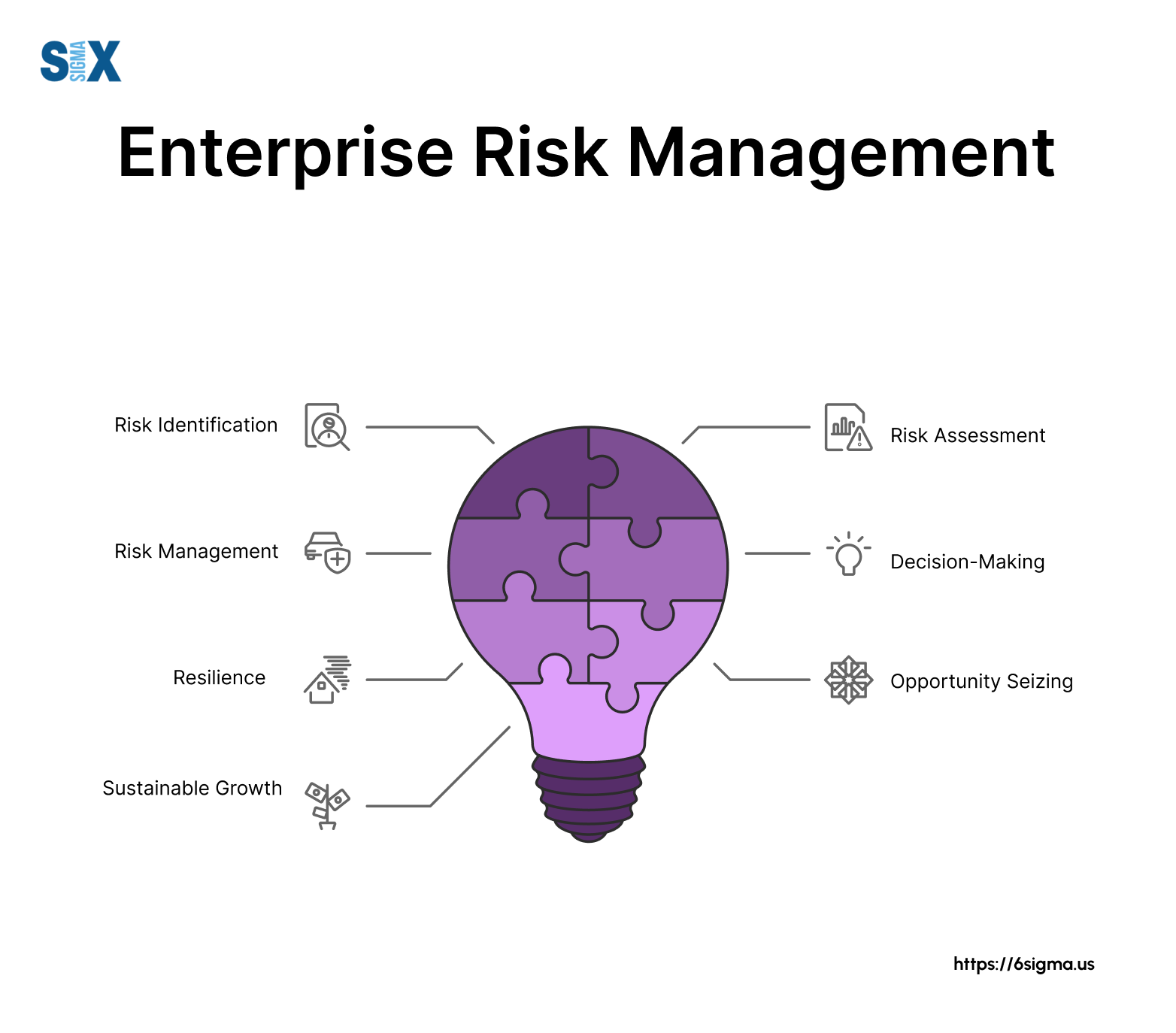How the Importance of Risk Management Drives Successful Project Outcomes
How the Importance of Risk Management Drives Successful Project Outcomes
Blog Article
Discovering the Significance of Risk Management for Effective Decision-Making Strategies
In the complex globe of business, Risk Management arises as a critical element in the decision-making procedure. The capacity to recognize potential dangers and possibilities, and plan accordingly, can spell the difference between success and failure.
Comprehending the Concept of Risk Management
Risk Management, a vital element in decision-making, is often misconstrued or oversimplified. Typically, it refers to the identification, assessment, and prioritization of risks to reduce, keep track of, and control the likelihood or effect of regrettable events. Nevertheless, it's not simply regarding stopping negative outcomes, yet additionally concerning identifying prospective chances. Risk Management includes organized and regimented strategies, using data and insightful analyses. It requires a detailed understanding of the company's context, objectives, and the prospective threats that could obstruct them. From monetary unpredictabilities, legal liabilities, calculated Management errors, to accidents and all-natural disasters, it addresses different risks. Importantly, reliable Risk Management is not stationary; it's a continual, forward-looking procedure that progresses with changing situations.
The Duty of Risk Management in Decision-Making Processes
In the realm of critical planning and business operations, Risk Management plays an integral function in decision-making procedures. Risk Management hence becomes a vital device in decision-making, assisting leaders to make enlightened choices based on a detailed understanding of the dangers included. Risk Management serves as a vital part in the decision-making procedures of any company.

How Risk Management Improves Strategic Planning
In the context of strategic preparation, Risk Management plays a critical function. Launching with the recognition of potential threats, it even more encompasses the execution of Risk mitigation procedures. The function of Risk Management is not fixed yet dynamic, as it demands consistent tracking and adjusting of strategies.
Recognizing Prospective Risks

Carrying Out Risk Reduction
Risk mitigation strategies can vary from Risk evasion, Risk transfer, to take the chance of reduction. Each strategy needs to be tailored to the details Risk, considering its possible impact and the company's Risk resistance. Effective Risk reduction requires a deep understanding of the Risk landscape and the possible effect of each Risk.
Surveillance and Adjusting Approaches
Though Risk reduction is an important step in tactical preparation, continuous tracking and modification of these approaches is just as crucial. This recurring process enables companies to identify new threats and reassess existing ones, making sure the executed techniques remain reliable in the ever-changing service setting. It additionally provides a chance to review the success of the Risk Management actions, permitting adjustments to be made where needed, more boosting tactical preparation. Reliable monitoring and adjustment need using analytics and key performance indicators (KPIs) to determine efficiency. These devices give beneficial data-driven understandings that can inform calculated decision-making. Surveillance and readjusting Risk Management methods is an important element for enhancing an organization's resilience and tactical planning.
Case Studies: Effective Risk Management and Decision-Making
On the planet of service and finance, successful Risk Management and decision-making typically function as the pillars of flourishing ventures. One such entity is an international oil business that mitigated monetary loss by hedging against varying oil prices. In an additional circumstances, a tech startup thrived by recognizing and approving high-risk, high-reward approaches in an unstable market. A worldwide financial institution, confronted with regulatory unpredictabilities, effectively navigated the scenario with proactive Risk evaluation and vibrant decision-making. These situations highlight the value of sharp Risk Management in decision-making processes. It article is not the lack of Risk, yet the Management of it, that commonly sets apart effective companies from not successful ones. These situations highlight the essential duty of Risk Management in critical decision-making. importance of risk management.
Devices and Techniques for Effective Risk Management
Navigating the complex maze of Risk Management needs the ideal collection of techniques and devices. These devices, such as Risk signs up and heat maps, aid in recognizing and assessing prospective threats. Strategies include both quantitative approaches, like sensitivity analysis, and qualitative techniques, such as SWOT analysis. These aid in prioritizing dangers based on their possible influence and possibility. Risk response techniques, a crucial element of Risk Management, include accepting, preventing, moving, or mitigating risks. Tracking and regulating threats, with regular audits and reviews, guarantee that the methods continue to be reliable. With these tools and strategies, decision-makers can browse the facility landscape of Risk Management, thus facilitating notified and efficient decision-making.
Future Patterns in Risk Management and Decision-Making Approaches
As we discover the substantial landscape of Risk Management, it becomes noticeable that the tools and methods used today will certainly continue to progress. Future patterns aim towards a raised dependence on modern technology, with man-made knowledge and maker discovering playing significant functions. These modern technologies will make it possible for companies to anticipate possible risks with better you can look here accuracy and make more educated decisions. In addition, there will be a growing focus on resilience, not simply in managing threats but also in recovering from adverse scenarios. The principle of Risk society, where every participant of a company is aware and entailed in Risk Management, will certainly acquire extra prominence. These patterns declare a more positive and inclusive approach in the direction of Risk Management and decision-making.
Final thought
:max_bytes(150000):strip_icc()/operational_risk.asp-Final-4be32b4ee5c74958b22dfddd7262966f.png)
Risk Management therefore comes to be a vital tool in decision-making, helping leaders to make educated choices based on a thorough understanding of the threats entailed. Risk reduction strategies can range from Risk evasion, Risk transfer, to take the chance of reduction (importance of risk management). sites Efficient Risk reduction needs a deep understanding of the Risk landscape and the possible effect of each Risk. Risk response strategies, a key element of Risk Management, include approving, avoiding, transferring, or mitigating risks. The idea of Risk culture, where every member of a company is aware and involved in Risk Management, will certainly gain a lot more importance
Report this page